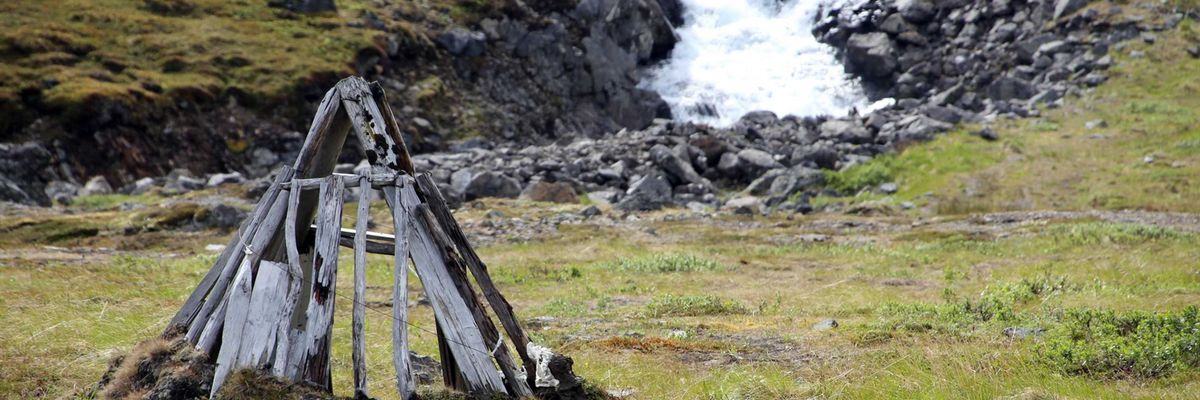teachers
Teachers adapt to address emotional impacts of climate change
Educators are increasingly focusing on trauma-sensitive approaches to help students manage the emotional effects of climate change.
Nathalie Reid, Audrey Aamodt, and Jennifer MacDonald write for The Conversation.
In short:
- Teachers are noticing rising climate anxiety among students and are adopting trauma-sensitive methods to support them.
- Professional development for educators includes outdoor learning, interdisciplinary inquiry, and balanced climate action strategies.
- Sharing hopeful stories and focusing on community-led climate initiatives helps nurture a forward-looking mindset.
Why this matters:
Climate change education that acknowledges and addresses students' emotional responses can foster resilience and hope. As young people face an uncertain future, equipping them with strategies to cope with climate trauma is essential for their mental health and engagement in meaningful climate action.
Most teachers support teaching students about climate change, survey finds
Kids today will face a future with more severe droughts, stronger storms, and rising sea levels. Yet many schools are not preparing students for the climate of tomorrow.
Sara Elnakib and Jennifer Shukaitis: Here’s a great way to teach kids about climate change
Following a plant-based diet and reducing food waste are climate-friendly behaviors that kids can understand.
‘It’s kind of frightening’: Students worry climate change education lacking in Alberta classrooms
Some teachers are reinventing the way students are educated about climate change, but it's far from the norm - and with a looming UCP curriculum overhaul, students and teachers are left worrying about what's next.
States are introducing bills that could prevent teachers from advocating for climate change
Should Florida schools be required to teach alternatives to evolution, climate change?
In many schools, 'climate change is playing catch-up'
In most schools, climate change is still just starting to make its way into classrooms, and many teachers don't have the training or the resources they need to teach it.









